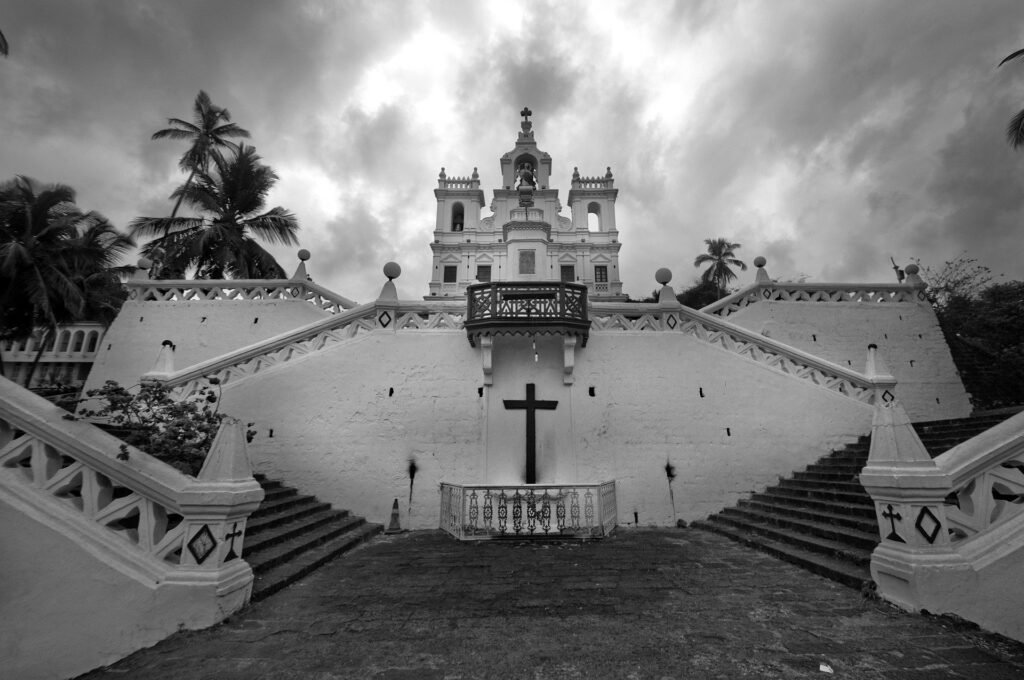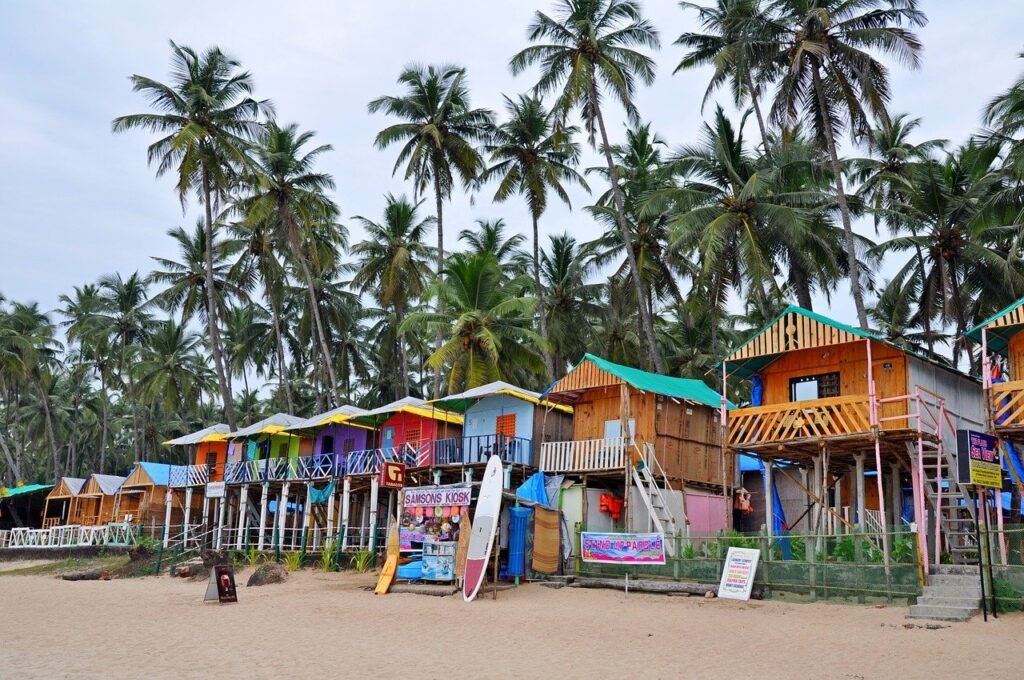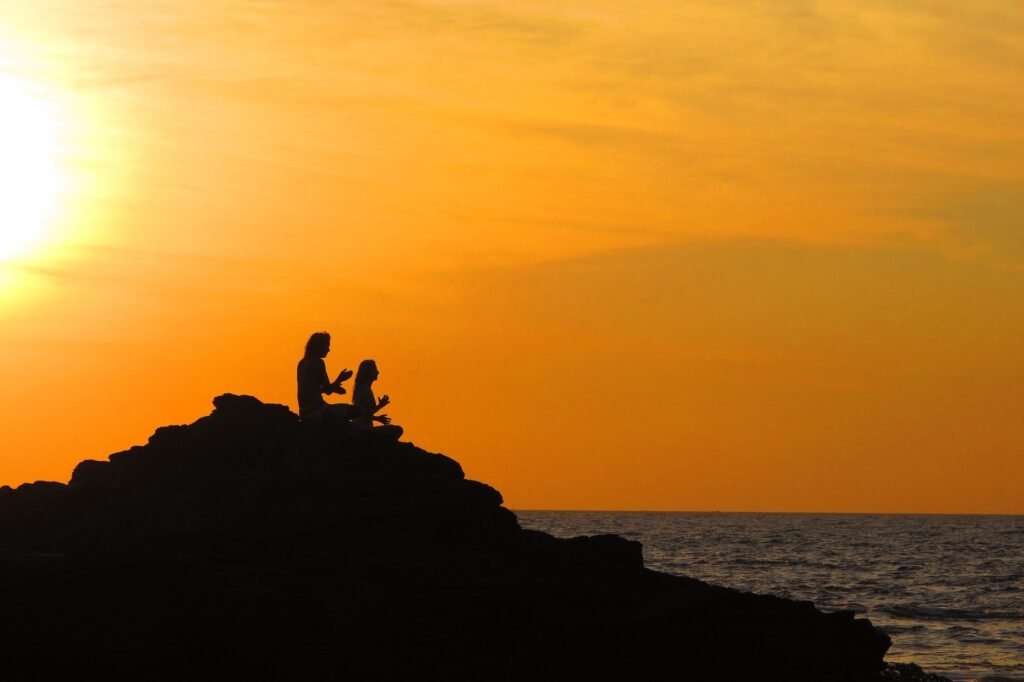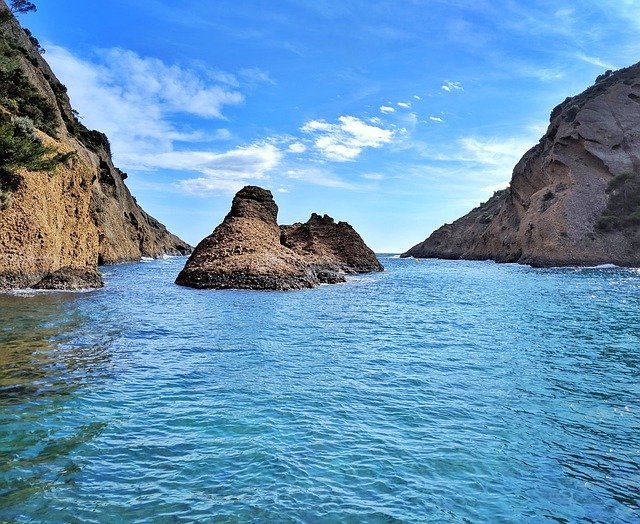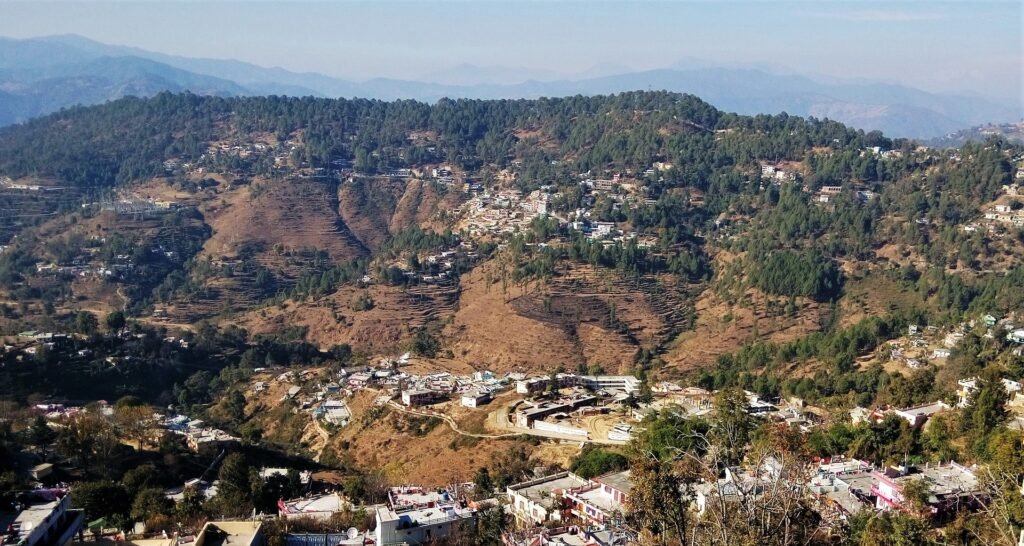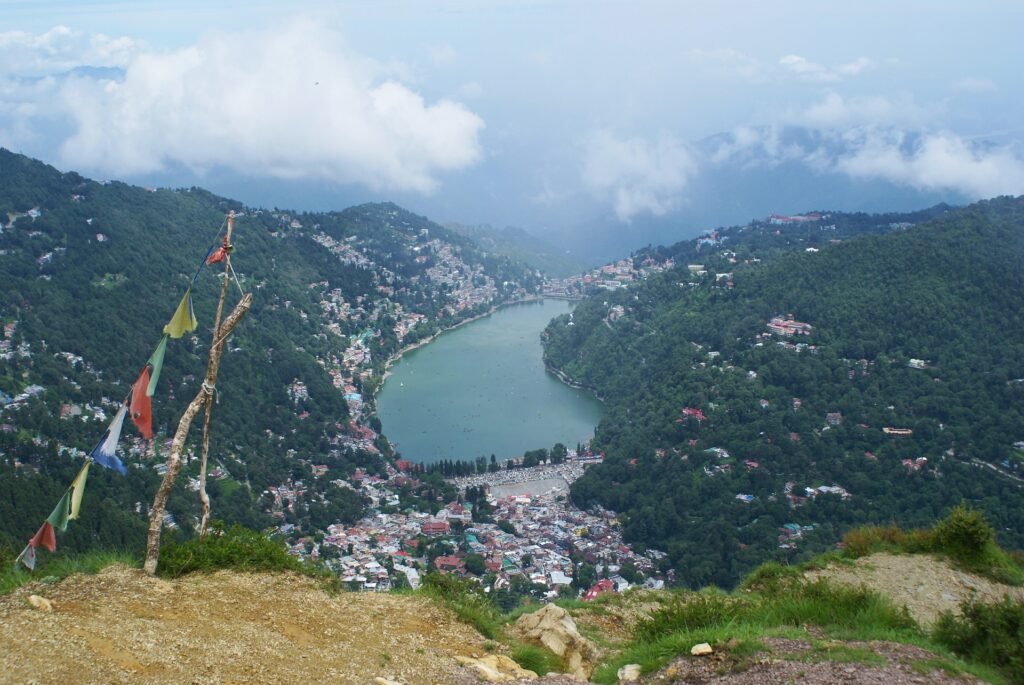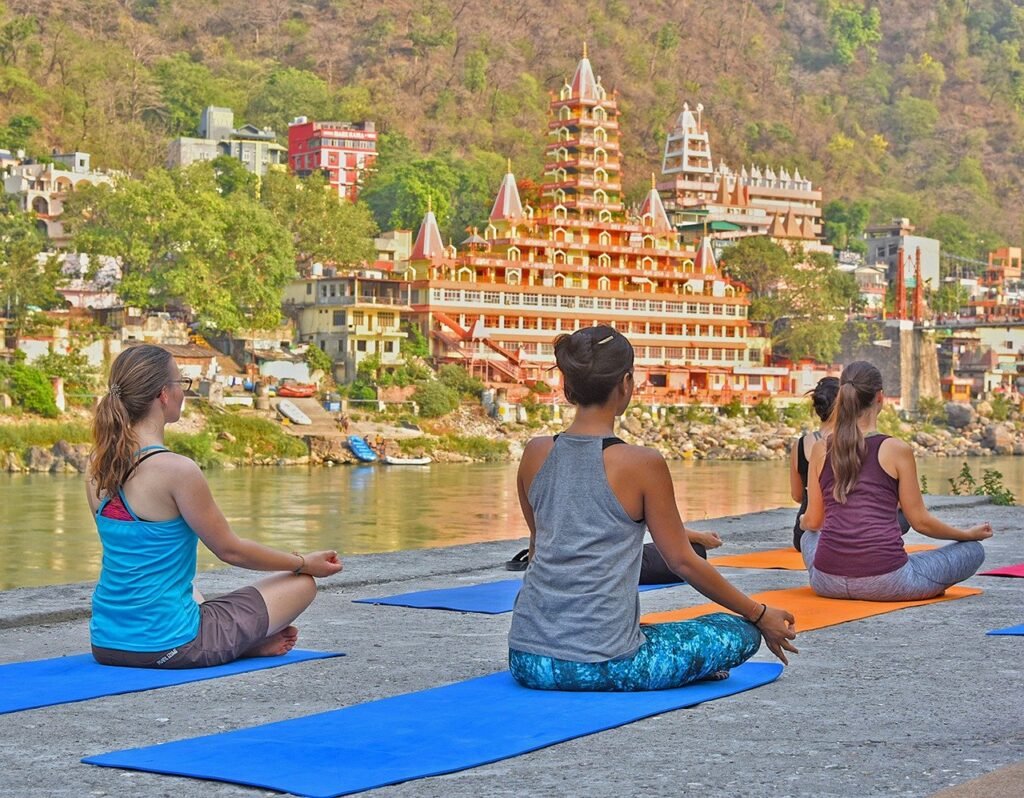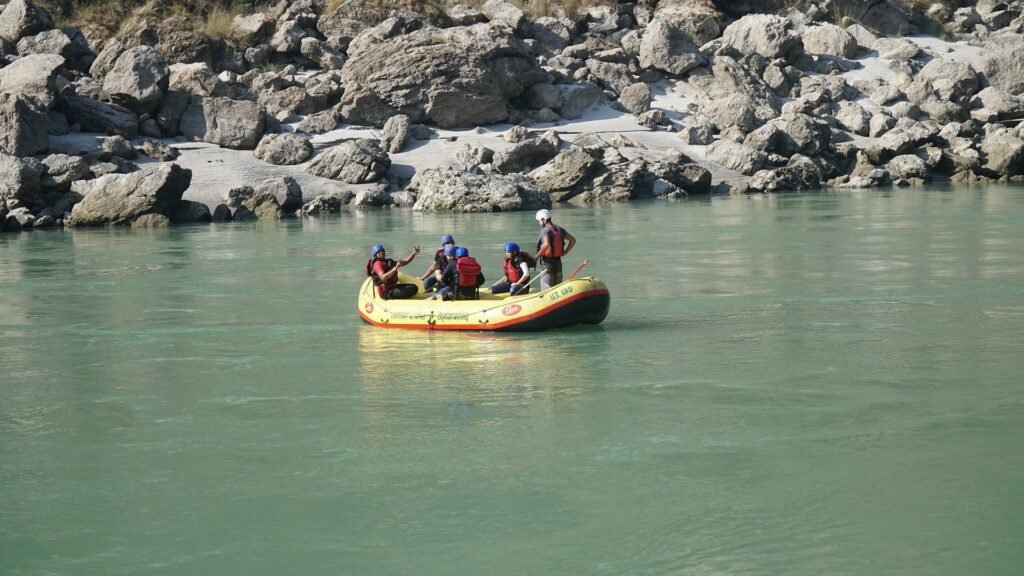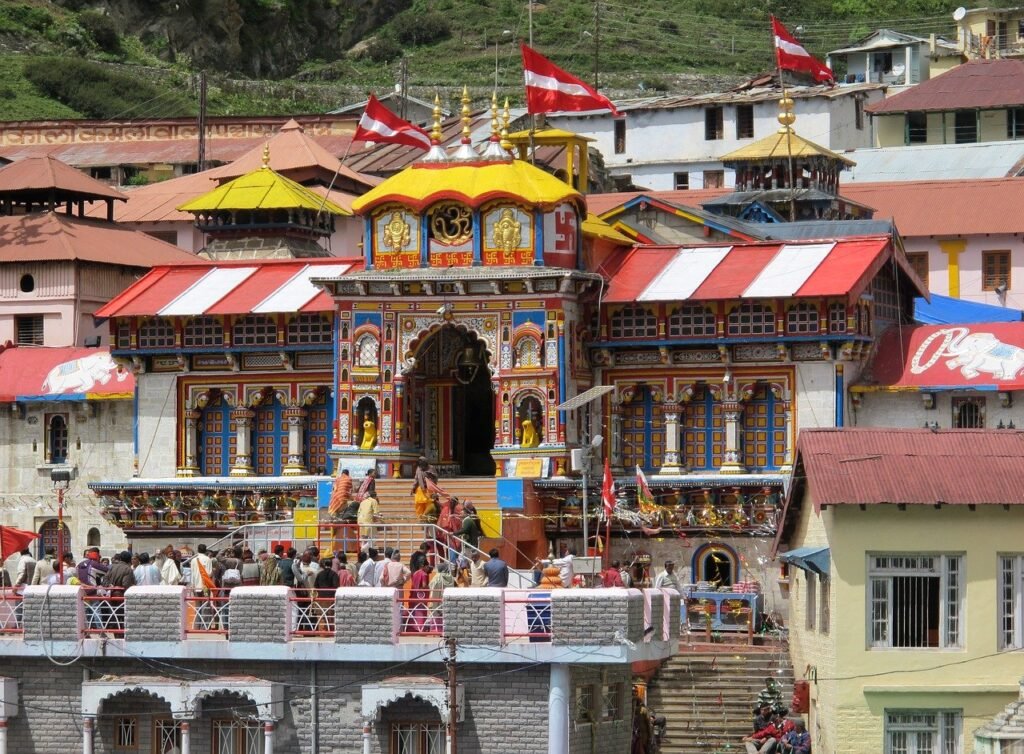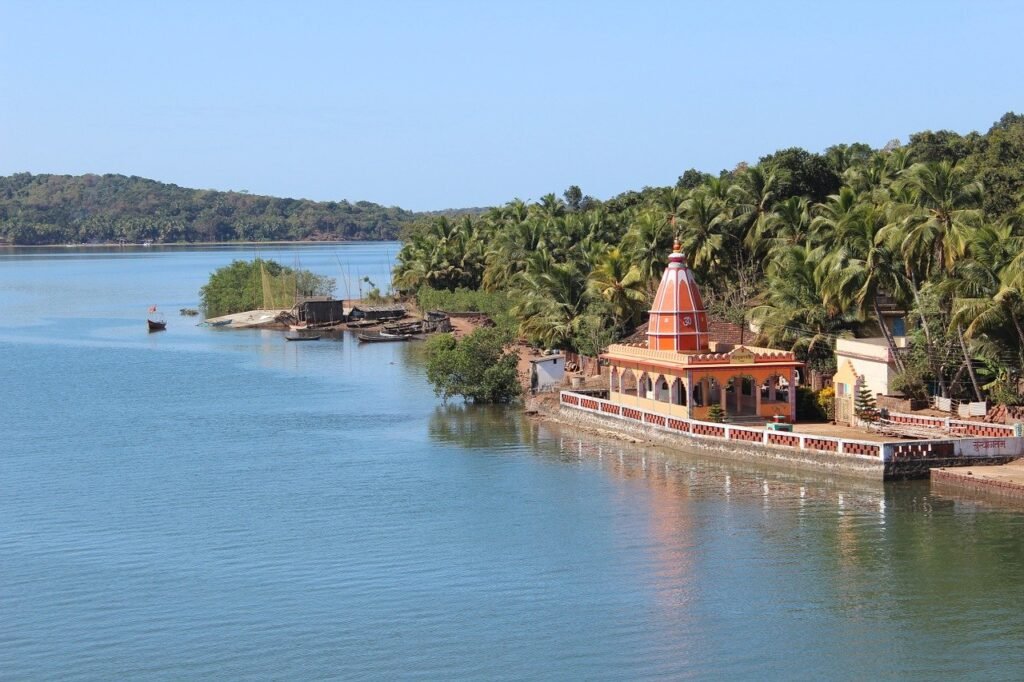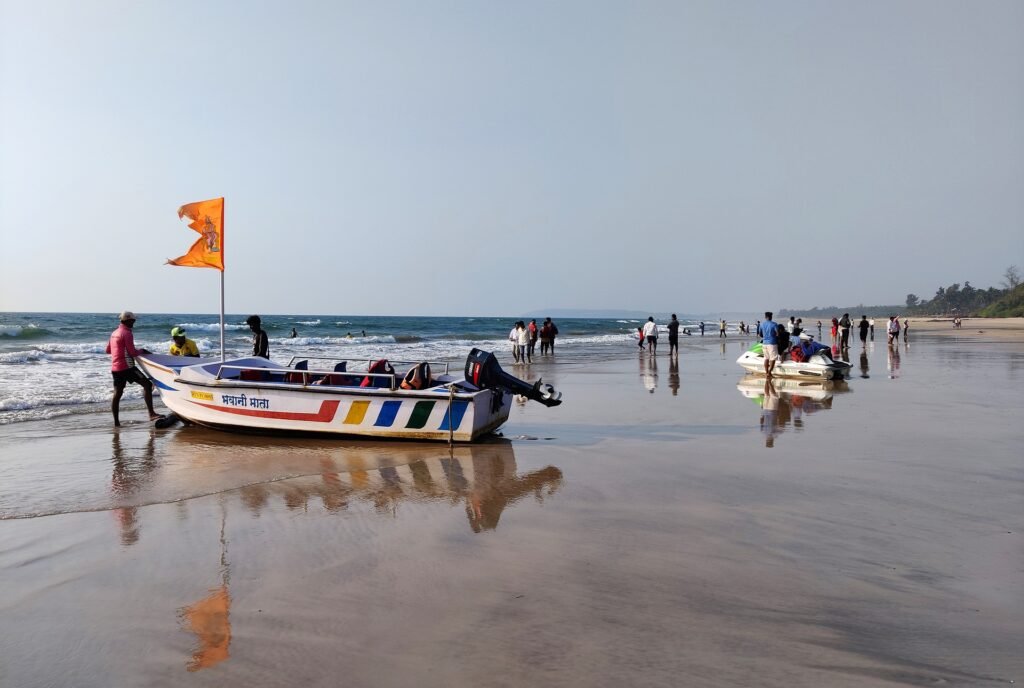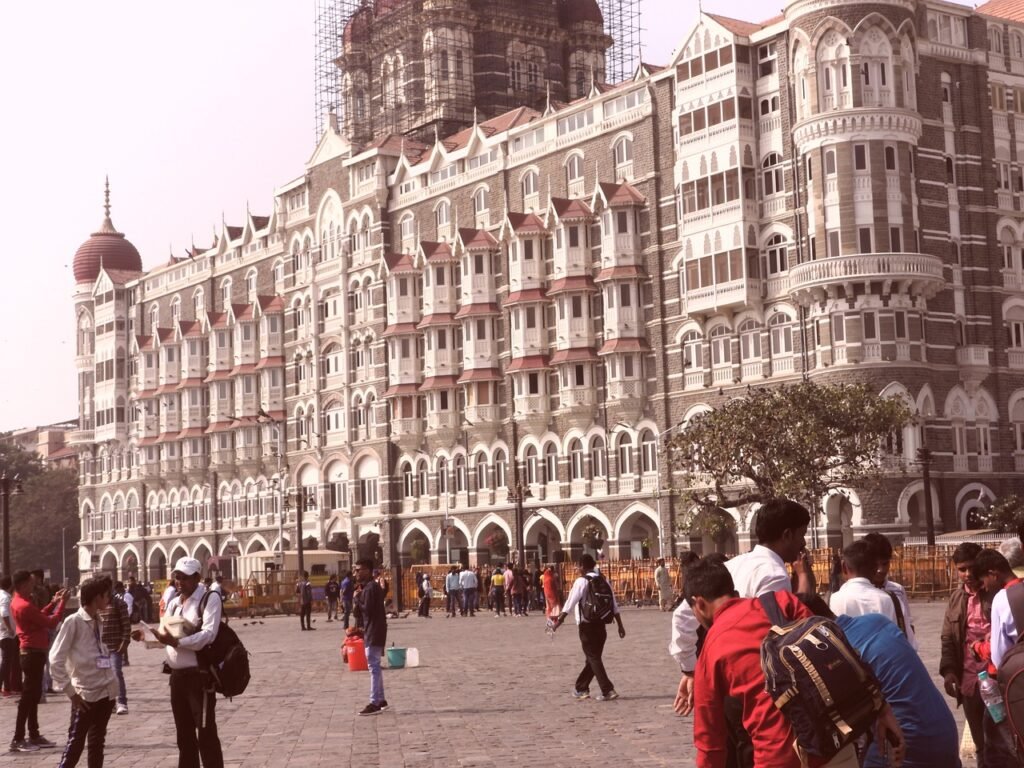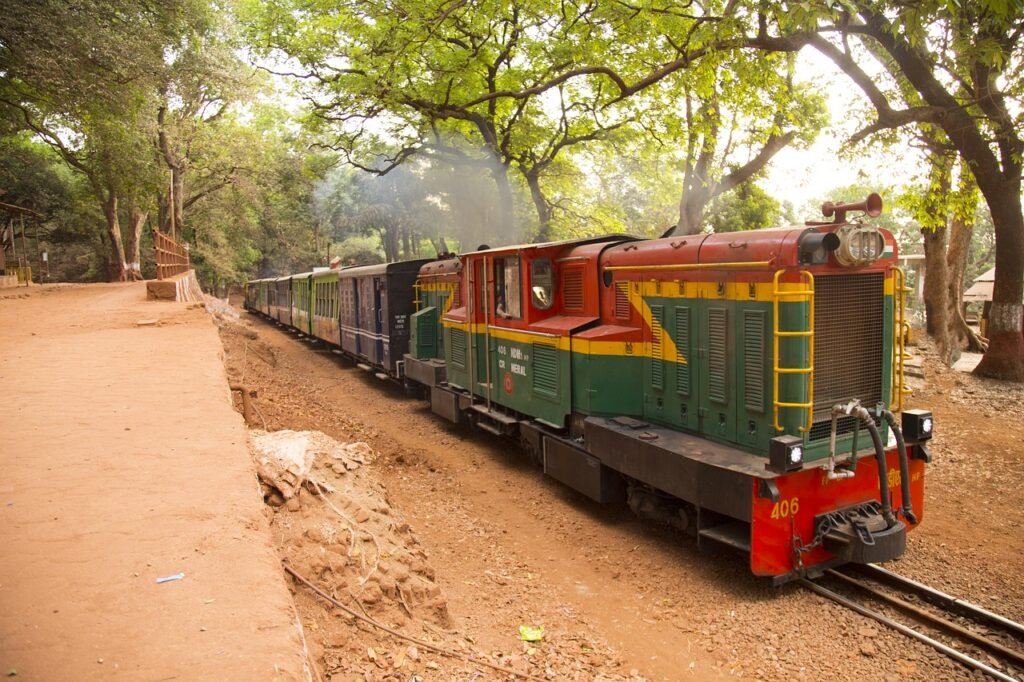Goa Tourism
Goa, a tiny emerald land on the west coast of India, the 25th state of the Union states of India, was liberated from Portuguese rule in 1961. It was a part of Union Territory of Goa, Daman & Diu till 30th May 1987 when it was carved out of form a separate state. Goa covers an area of 3702 square kilometers and comprises two Revenue district viz North Goa and South Goa. Boundaries of Goa State are defined in the North Terekhol river which separates it from Maharashtra, in the East and South by Karnataka State and West by Arabian Sea. Goa lies in Western Coast of India and is 594 Km (by road) away from Mumbai city.
भारत के पश्चिमी राज्यों के 25 वें राज्य भारत के पश्चिमी तट पर स्थित एक छोटा पन्ना गोवा 1961 में पुर्तगाली शासन से मुक्त हो गया था। यह 30 मई 1987 तक केंद्र शासित प्रदेश गोवा, दमन और दीव का एक हिस्सा था। एक अलग राज्य के रूप में उकेरा गया था। गोवा में 3702 वर्ग किलोमीटर का क्षेत्र शामिल है और इसमें दो राजस्व जिले शामिल हैं उत्तर गोवा और दक्षिण गोवा। गोवा राज्य की सीमाएँ उत्तरी तेरखोल नदी में परिभाषित की जाती हैं जो इसे कर्नाटक राज्य और पश्चिम में अरब सागर द्वारा पूर्व और दक्षिण में महाराष्ट्र से अलग करती हैं। गोवा भारत के पश्चिमी तट में स्थित है और मुंबई शहर से 594 किलोमीटर (सड़क मार्ग से) दूर है।
Some Pictures of Goa Beauty
Uttarakhand Tourism
उत्तराखंड, उत्तर भारत में हिमालय के पार का एक राज्य है, जो अपने हिंदू तीर्थ स्थलों के लिए जाना जाता है। योग अध्ययन का एक प्रमुख केंद्र ऋषिकेश, बीटल्स की 1968 की यात्रा से प्रसिद्ध हुआ था। शहर पवित्र गंगा नदी पर एक आध्यात्मिक सभा शाम गंगा आरती का आयोजन करता है। राज्य के वनाच्छादित जिम कॉर्बेट नेशनल पार्क में बंगाल के बाघ और अन्य देशी वन्यजीव हैं।
Uttarakhand, a state in northern India crossed by the Himalayas, is known for its Hindu pilgrimage sites. Rishikesh, a major center for yoga study, was made famous by the Beatles’ 1968 visit. The city hosts the evening Ganga Aarti, a spiritual gathering on the sacred Ganges River. The state’s forested Jim Corbett National Park shelters Bengal tigers and other native wildlife.
Some Pictures of Uttarakhand Beauty
Baba Neeb Karori Aashram,Nainital
उत्तराखंड में हिमालय की तलहटी में बसा एक छोटा सा आश्रम है नीम करोली बाबा आश्रम। मंदिर के आंगन और चारों ओर से साफ सुथरे कमरों में रसीली हरियाली के साथ, आश्रम एक शांत और एकांत विश्राम के लिए एकदम सही जगह प्रस्तुत करता है।
नीम करोली बाबा आश्रम नैनीताल-अल्मोड़ा मार्ग पर स्थित एक विचित्र आश्रम है और हनुमान मंदिर है जो है और आगंतुकों के बीच कैंची धाम के रूप में लोकप्रिय है। समुद्र तल से 1400 मीटर की ऊँचाई पर स्थित, यह आधुनिक तीर्थस्थल श्री नीम करोली बाबा महाराज जी के समर्पण में बनाया गया है, जो एक हिंदू गुरु के रूप में पूजे जाते हैं और मान्यता है कि बाबा नीम करौली भगवान हनुमान के भक्त थे और उन्होंने अपने जीवन में कई चमत्कार किये।
How to reach Uttarakhand
Uttarakhand is gradually developing its connectivity with all three means of transport, however, roadways still remain the best means to explore this hilly state. There is efficient road connectivity both intrastate and interstate, making it easy for people to visit Uttarakhand anytime of the year and that too comfortably. The state at the moment has two operational airports and a few railway stations as well.
BY AIR
The airports, where the flights from different states fly in, go by the name of Pantnagar Airport which is situated in the Pantnagar in Kumaon Region, Jolly Grant situated in Dehradun and Naini Saini Airport in the Pithoragarh. Jolly Grant is the most well-connected of the three airports in Uttarakhand and Pithoragarh is yet to open for public.
Maharashtra Tourism
Maharashtra is a state in the western peninsular region of India occupying a substantial portion of the Deccan Plateau. Maharashtra is the second-most populous state in India as well as the second-most populous country subdivision in the world.
महाराष्ट्र भारत के पश्चिमी प्रायद्वीपीय क्षेत्र में एक राज्य है जो दक्कन के पठार के एक बड़े हिस्से पर कब्जा करता है। महाराष्ट्र भारत में दूसरा सबसे अधिक आबादी वाला राज्य है और साथ ही दुनिया में दूसरा सबसे अधिक आबादी वाला देश है।
Some Beautiful Pic Of Maharashtra
Brief of Maharashtra
The modern state of Maharashtra is bordered by the Arabian Sea to the West, Gujrat and the Union Territory of Dadara Nagar haveli to the North West,Madhya Pradesh to the North & North East, Chhattisgadh to the East, Karnataka to the South, Andhra Pradesh to the South East and Goa to the South West.
During the historical period (after 6th century BCE) the rule of the Mauryas (4th century BCE to 2nd century BCE) is clearly seen in Maharashtra. Remains of the inscriptions of Ashoka have been found in the state. A long lasting rule over the state was that of the Satavahanas (1st century BCE to 3rd Century CE).This was a very flourishing period of the state. The international trade with the western world was in full swing during this period. The ports in Maharashtra played a major role in this. The result can be seen in the excavation of a number of Buddhist rock cut caves like Bhaja, Pitalkhore, Karla Nasik etc patronised mainly by the trading community. The Western Kshatrapas were ruling from Gujrat but they had conquerred some o the the Satavahana territory for some time. The Satavahanas defeated these rulers in 78 CE and regained their land. The Satavahana rule expanded not only in the whole of the modern state of Maharashtra but also in parts of Andhra Pradesh, Karnataka and Madhya Pradesh.
The antiquity of the human habitation in the state goes back to the stone age period (1.27 million years ago). Numerous sites with the stone age tools have been reported on the bank of various rivers as well as in the river vallies. Numerous Chalcolithic sites have been located and some like Inamgaon(1300 BCE to 700 BCE) were extensively excavated.
Maharashtra was ruled by a few rulers in the 6th -7th centuries CE .like the Kalachuris (Madhya Pradesh) and Western Chalukyas (Karnataka). But a stable rule started in 8th century CE when the Rashtrakutas came to power. They were also involved in the creation of the world famous caves at Ellora. Their rule was extended not only in Maharashtra but also in Karnataka. At one point of time they had conquered the entire region between the states of Maharashtra and Uttar Pradesh.
After the decline of the Satvahana rule, many small kingdoms were established in diferent parts of Maharashtra like the Abhiras, Traikutakas etc. But in 4th century CE the Vakataka rulers came to prominence. They had two branches both ruling in Vidarbha. Some of their rulers had patronized the cave excavation activities at Ajanta in 5th century CE.
The Yadavas (10th century to 13th century CE) were the next rulers in the state. Their rule lasted for a long time over the parts of central and eastern Maharashtra. The Shilahara rulers were contemporary to them ruling in the western and southern Maharashtra. This period marks the efflorescence of the temple building activity in Maharashtra. Impressive temples were constructed at a number of places like Hottal, Nilanga, Khidrapur, Gondeshwara etc. some forts like Devagiri, Panhala were also built during this period. The Yadavas were defeated by Allauddin Khilji of the Delhi Sultanat.
Muhammad bin Tughluq shifted his capital to Daulatabad (Devagiri) from Delhi for some time. After the decline of the Tughluqs the Bahmani Sultanat started ruling over Maharashtra in the 14th century CE. The Faruqi ruled over Khandesh region and the Gujrat Sultans ruled over Mumbai and surrounding regions in the 14th – 15th centuries CE. After the disintegration of the Bahamani Empire the Nizamshahi and Adilshahi rule over different parts of the state. In the 17th century CE Chhatrapati Shivaji established his independent rule in Maharashtra. He coronated himself as a sovereign ruler in 1674 CE. This local Maratha kindom expanded itself into the Maratha Empire in 18th and early 19th centuries CE until the Britishers took over it in 1819. Since then with the contribution of numerous freedom fighters Maharashtra played a major role in the struggle for the independence. On 1st May 1960 the separate Marathi speaking state of Maharashtra was created on public demand. Since then the state has been leading in all fronts in the country.
Hill Station of Maharashtra
The Sahyadris hold several beautiful hill stations in their lap, which are cool, beautiful and refreshingly serene. Best of all, they are usually near a city. These include Matheran, Lonavala, Khandala, Mahabaleshwar, Panchagani, Bhandardara, Malshej Ghat, Amboli, Chikhaldara Panhala, Panchgani, Sawantwadi, Toranmal, and Jawahar.
सह्याद्रिस कई खूबसूरत हिल स्टेशनों को अपनी गोद में रखते हैं, जो शांत, सुंदर और ताज़ा हैं। सबसे अच्छा, वे आम तौर पर एक शहर के पास होते हैं। इनमें माथेरान, लोनावाला, खंडाला, महाबलेश्वर, पंचगनी, भंडारा, मालशेज घाट, अंबोली, चिखलदरा पन्हाला, पंचगनी, सावंतवाड़ी, तोरणमल और जवाहर शामिल हैं।
